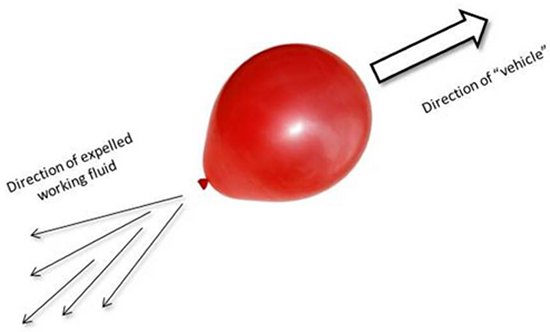For as long as anyone can remember here at NASA’s Marshall Space Flight Center, the collection of engineers who analyze and evaluate rocket engine test and flight data results have been called “Datadogs.” However, that time-honored moniker is a title that must be earned. It’s not automatic based upon your job assignment. It is based upon your ability to create a coherent technical narrative derived from hundreds of pieces of data spanning pre-start purge schedules, through engine start to mainstage operation, through shutdown transients and, finally, post-test inspections. With every engine firing we ask: What happened and, more importantly, why? The Datadogs provide the answers.
So, as a regular part of the J-2X Blog, I will be inviting you into the J-2X Doghouse just to ramble a bit about rockets and rocket engines in preparation for the upcoming J-2X development testing next year.
The most basic question is, of course, what is a rocket? Often, when lost in the mountain of ten thousand details of fabrication processes and assembly procedures and structural analyses and operational manuals and information of all flavors, even rocket scientists sometimes lose sight of the most basic concepts. Yet any child who has ever blown up a balloon and then let it fly across the room as it deflates has experimented in rocketry. A rocket is simply a vehicle that is self-contained and self-propelled. It takes in nothing from its external environment and it achieves motion from Newton’s principle of a reaction resulting from every action. A rocket effectively throws stuff out the back end while what remains in the rocket moves forward thereby balancing the net sum of inertia.

In technical terms, the balloon flying across the room — likely landing in your uncle’s soup thereby causing a minor family crisis — is a pressure-fed, mono-propellant rocket. The stretchy plastic of the balloon supplies the pressure and the single propellant is the breath with which the balloon was filled. The pressure from the plastic pushes the air out the back end. The air goes one way rapidly and the balloon itself goes hurtling through space in the opposite direction. Ta-da, a rocket! And now you are privy to the NASA secret that rockets, at their most basic, conceptual level, are pretty darn simple.
So, what makes a rocket engine different than a child’s balloon? Power. In order to throw thousands of pounds of a launch vehicle into the sky and accelerate it to thousands of miles per hour, you need lots and lots of power. Rather than relying on pressure to push the working fluid out the back end, a large rocket engine like J-2X uses very powerful pumps. And, rather than relying on just the velocity generated by moving the fluids, a large rocket engine taps into the chemical energy released by combustion.
For example, during every second of operation the J-2X pumps hundreds of pounds of hydrogen and oxygen into a chamber not much bigger than a large spaghetti pot. There, these fluids combust, making steam (and residual hydrogen gas) at blistering hot temperatures of thousands of degrees. That tremendous amount of energy is then directed out the back end, accelerating the hot gases down the length of the nozzle to supersonic speeds, converting thermal energy to kinetic energy all along the way.
How much steam does this make? Well, if you ever have the opportunity to see a J-2X engine test, bring an umbrella. A full duration test will make enough steam to make its own rain cloud in the sky. Below is a video of a Space Shuttle Main Engine test in stand A2 at NASA’s Stennis Space Center in Mississippi. Tests of the J-2X will look quite similar.
Thus, the tough part about rocket engines is not their basic concept. That’s simple. The tough part is building a device that can harness the power necessary to make that simple concept useful. As we go along, we’ll discuss that tough part in more detail.
